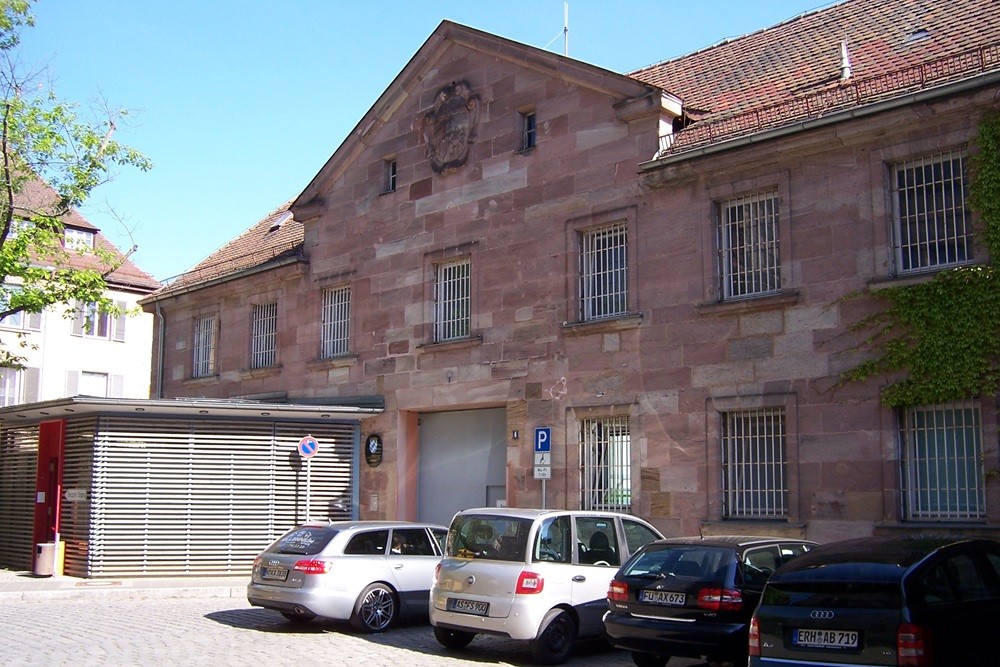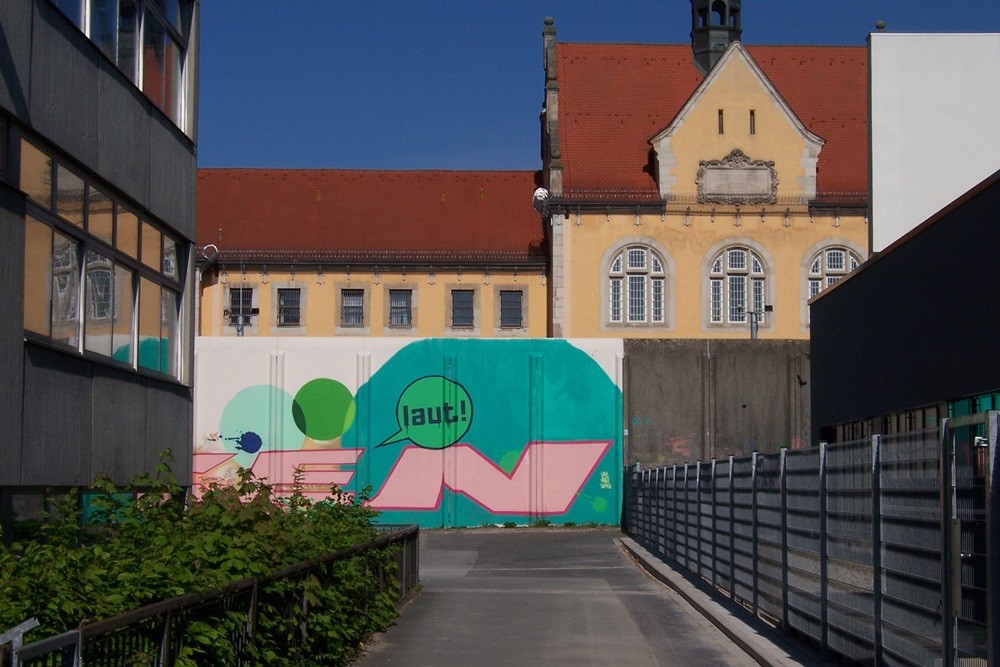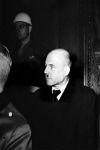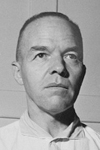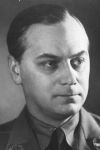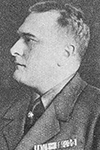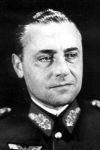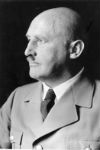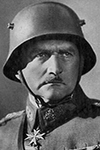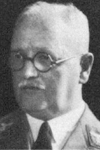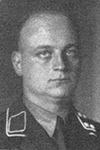Palace of Justice Nuremberg & Zellengefaengnis Nuremberg
The Nuremberg Palace of Justice, built between 1909 and 1916, was designed in Franconian Neo-Renaissance style. Originally planned for St. Johannis, it was constructed on Fürther Straße, near existing prisons. Its main façade features heraldic sculptures and 13 stone figures of legal scholars.
During World War I, part of the building became a military hospital, inaugurated by King Ludwig III in 1916. In World War II, it housed Wehrmacht departments, police, and government offices. Air raids in 1944 and 1945 damaged the building, destroying its 57-meter-high clock tower.
After World War II, the U.S. Army took control in July 1945, displacing judicial offices. The Nuremberg Trials began in Courtroom 600 on November 20, 1945, prosecuting 24 Nazi war criminals. The adjacent Nuremberg Correctional Facility housed defendants, linked by an underground corridor.
Between 1960 and 1969, the U.S. military vacated the building, followed by renovations (1961–1977) costing 19 million DM. A new criminal justice center opened in 2020, turning Courtroom 600 into a museum.
Once northern Bavaria’s largest courtroom, Courtroom 600 hosted major war crime trials and Weimar-era libel cases, including Adolf Hitler’s 1925 testimony. Restored in 1961, it retained its Neo-Renaissance design.
Since 2010, the Nuremberg Trials Memorial has welcomed visitors, and in 2020, the International Nuremberg Principles Academy moved into the East Wing. The courtroom remains permanently accessible, preserving its legacy as a symbol of justice.
Do you have more information about this location? Inform us!
Source
- Text: TracesofWar
- Photos: Lennard Bolijn (1, 2, 3), Koos Winkelman (4, 5)
Related books
Nearby
Museum
- Memorial Nuremberg Trials - Nürnberg
- Museum Historical Rock-cut Cellars - Nürnberg
- Museum Art Bunker - Nürnberg
Point of interest
- Reichsbahnkantoor Nuremberg - Nürnberg
- Neckermann Nuremberg - Nürnberg
- St. Katharina Church Ruins - Nürnberg
Monument
- War Memorial 'Sons of the city' - Nürnberg
- War Memorial Königlichen Bayrischen Reserve Infanterie Regiment Nr 20 - Nürnberg
- War Memorial New Jewish Cemetery Nürnberg - Nürnberg
Cemetery
- German War Graves 1693 - 1919 Nuremberg - Nürnberg
- Collective Grave Franco-Prussian War Fürth - Fürth
- German War Graves Städtischen Friedhof Fürth - Fürth
Remembrance Stone
- Stumbling Stones Hochstraße 33 - Nürnberg
- Stumbling Stones Hochstraße 32 - Nürnberg
- Stumbling Stones Rosenaustraße 10 - Nürnberg

